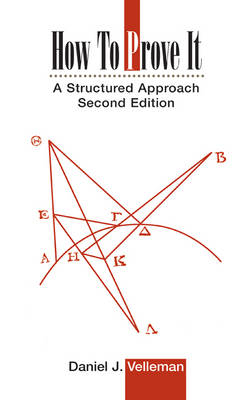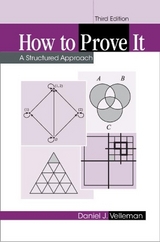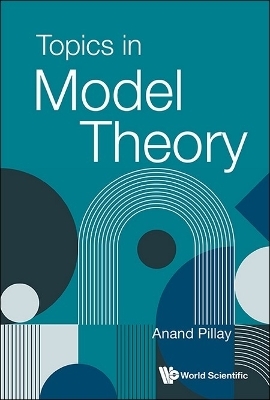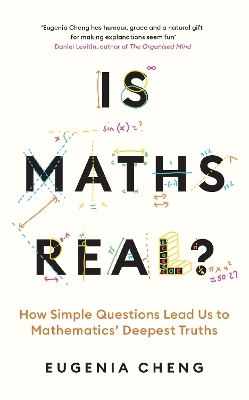
How to Prove It
Cambridge University Press (Verlag)
978-0-521-86124-3 (ISBN)
- Titel erscheint in neuer Auflage
- Artikel merken
Many students have trouble the first time they take a mathematics course in which proofs play a significant role. This new edition of Velleman's successful text will prepare students to make the transition from solving problems to proving theorems by teaching them the techniques needed to read and write proofs. The book begins with the basic concepts of logic and set theory, to familiarize students with the language of mathematics and how it is interpreted. These concepts are used as the basis for a step-by-step breakdown of the most important techniques used in constructing proofs. The author shows how complex proofs are built up from these smaller steps, using detailed 'scratch work' sections to expose the machinery of proofs about the natural numbers, relations, functions, and infinite sets. To give students the opportunity to construct their own proofs, this new edition contains over 200 new exercises, selected solutions, and an introduction to Proof Designer software. No background beyond standard high school mathematics is assumed. This book will be useful to anyone interested in logic and proofs: computer scientists, philosophers, linguists, and of course mathematicians.
Daniel J. Velleman received his BA at Dartmouth College in 1976 summa cum laude, the highest distinction in mathematics. He received his PhD from the University of Wisconsin, Madison, in 1980 and was an instructor at the University of Texas, Austin, from 1980 to 1983. His other books include Which Way Did the Bicycle Go? (with Stan Wagon and Joe Konhauser, 1996) and Philosophies of Mathematics (with Alexander George, 2002). Among his awards and distinctions are the Lester R. Ford Award for the paper 'Versatile Coins' (with Istvan Szalkai, 1994), and the Carl B. Allendoerfer Award for the paper 'Permutations and Combination Locks' (with Greg Call, 1996). He has been a member of the editorial board for American Mathematical Monthly since 1997 and was Editor of Dolciani Mathematical Expositions from 1999 to 2004. He published papers in the Journal of Symbolic Logic, Annals of Pure and Applied Logic, Transactions of the American Mathematical Society, Proceedings of the American Mathematical Society, American Mathematical Monthly, the Mathematics Magazine, the Mathematical Intelligencer, the Philosophical Review, and the American Journal of Physics.
1. Sentential logic; 2. Quantificational logic; 3. Proofs; 4. Relations; 5. Functions; 6. Mathematical induction; 7. Infinite sets.
| Erscheint lt. Verlag | 16.1.2006 |
|---|---|
| Zusatzinfo | Worked examples or Exercises; 10 Tables, unspecified |
| Verlagsort | Cambridge |
| Sprache | englisch |
| Maße | 155 x 236 mm |
| Gewicht | 640 g |
| Themenwelt | Mathematik / Informatik ► Mathematik ► Logik / Mengenlehre |
| ISBN-10 | 0-521-86124-1 / 0521861241 |
| ISBN-13 | 978-0-521-86124-3 / 9780521861243 |
| Zustand | Neuware |
| Informationen gemäß Produktsicherheitsverordnung (GPSR) | |
| Haben Sie eine Frage zum Produkt? |
aus dem Bereich



